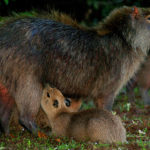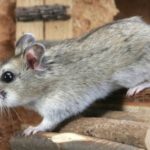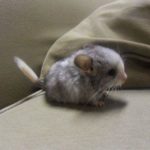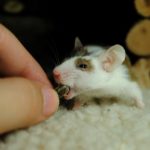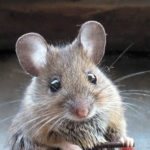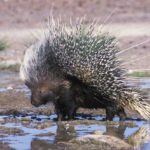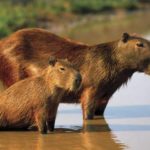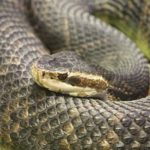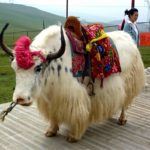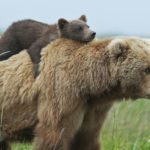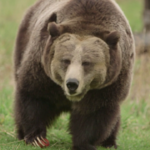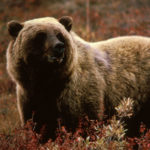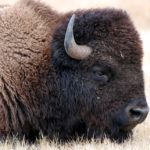Capybaras
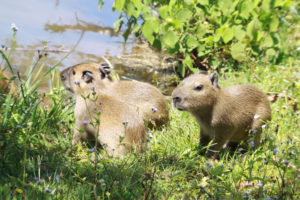 If you’ve never seen a rodent larger than a mouse in your life, then I’m afraid that when you see capybaras you can be very surprised, if not more. The fact is that the weight of this animal reaches 66 kg, the length of the body is 1.2 meters, and the height at the withers is 0.6 meters, which makes it the largest living rodent on the planet. However, paleontological finds show that in ancient times the land was inhabited by the ancestors of the capybara, measuring the size of a grizzly bear!
If you’ve never seen a rodent larger than a mouse in your life, then I’m afraid that when you see capybaras you can be very surprised, if not more. The fact is that the weight of this animal reaches 66 kg, the length of the body is 1.2 meters, and the height at the withers is 0.6 meters, which makes it the largest living rodent on the planet. However, paleontological finds show that in ancient times the land was inhabited by the ancestors of the capybara, measuring the size of a grizzly bear!
Capybara occurs only on the South American continent, in Brazil, Uruguay, Venezuela and Colombia, as well as to the south to the Argentine pampas and west to the slopes of the Andes. Since this animal leads a semi-aquatic life, it also inhabits only areas near rivers and water bodies, seldom moving farther than a kilometer from the water.
Female capybaras grow slightly more than males. The entire body of the rodent is covered with coarse hair, reddish-brown on most of the body, and a tawny brown on the abdomen. The body itself (pictured below) is barrel-shaped, firmly knocked down, the front legs slightly shorter than the rear legs, the tail is practically not distinguishable.
But on the legs there are membranes that, coupled with high-positioned eyes, ears and nostrils, allows capybara to feel at home. Animals live in small groups, with an average of about 10 individuals of different sex, although in a drought around a single pond can collect up to hundreds of animals.
Each group controls and protects the territory on which it feeds and rests. The boundaries of the site are marked with secretions of odorous glands located on the head. Among the males there is the strictest hierarchy, the dominant male tirelessly shows to the rest “who is the master in the house”, which sometimes leads to fights (in the photo below it just happens). Less strong males have to endure such arbitrariness, since outside the group the individual has no chance to find a pair.


